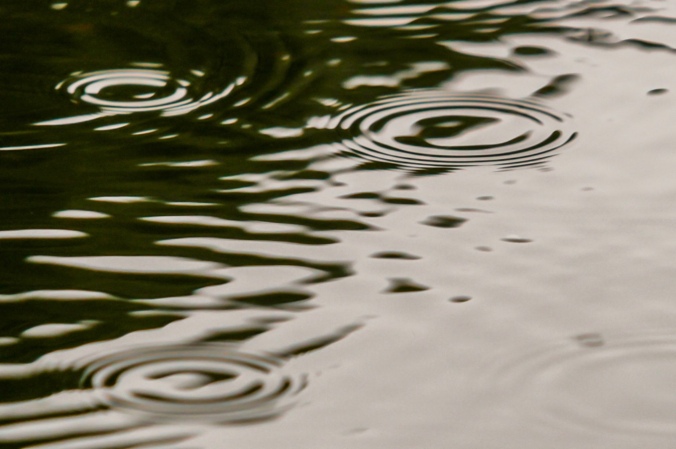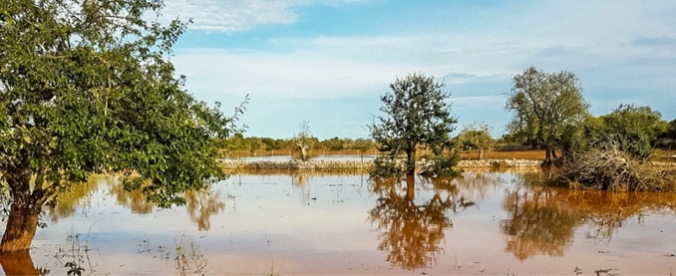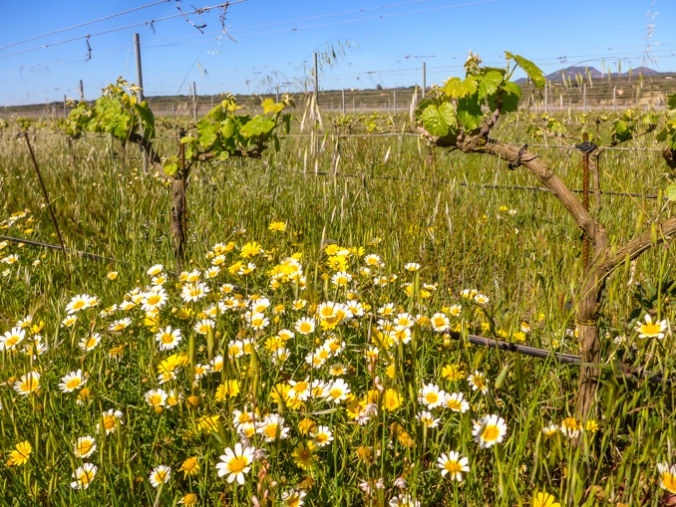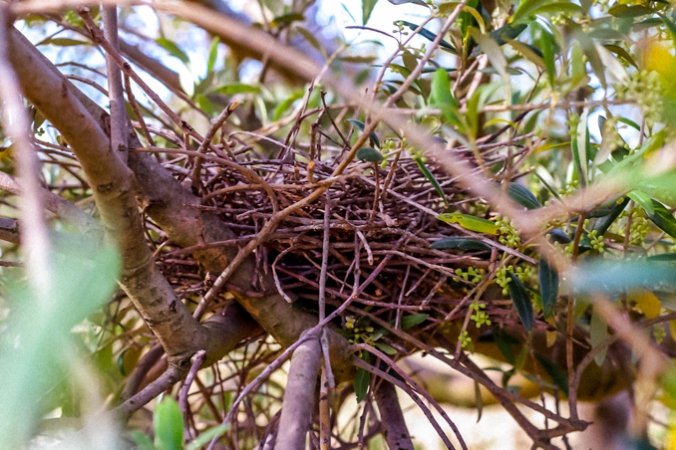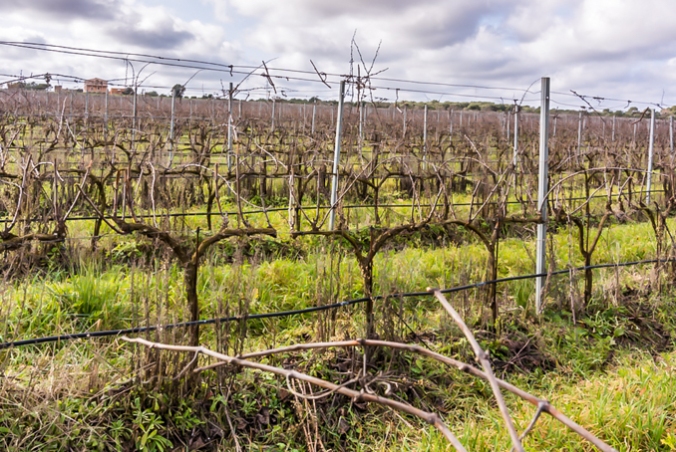
World Biodynamic Day is celebrated every year during the Pentecost weekend, i. e. today.
Winemaking at Vineyard Son Alegre is not just a matter of following organic standards within what is called Natural Farming or agriculture of non-intervention with no ploughing or turning of the soil, with no chemical fertilizers or prepared compost, with no weeding by tillage or herbicides and with no dependency on chemical pesticides.
We also follow a number of biodynamic principles as propagated by Rudolf Steiner (1861-1925), the Austrian-born spiritualist, lecturer and spiritual teacher. He founded the Anthrophosphical Society, the first Waldorf School, Anthroposphic Medicine, Eurythmy and many more things. Biodynamic agriculture encompasses soil fertility, plant growth and livestock husbandry as ecologically interrelated tasks.

Steiner had been asked to hold a course on agriculture and he gave a lecture series at Koberwitz Palace, Koberwitz, Silesia (now Kobierzyce, Poland), on Whitsun in June of 1924. In the course of ten days he held a total of 8 lectures entitled ‘Spiritual Foundations for the Renewal of Agriculture’ which were part of ‘The Agriculture Course’, introducing a totally new and unconventional way to farm. Steiner himself wrote on the aims of the lectures: “As lecture-content I placed the being of the products which are delivered by agriculture and the conditions under which these products come about. These discussions aimed to reach those practical considerations that can spiritually illuminate the decisive questions. This is then added to the practical insights and what is gained from the scientific researches of today.”
The lecture series presented a complete reversal of the mechanical-materialistic causal analysis of matter in farming by suggesting a holistic land management approach to agriculture.

Allow us to quote some of Steiner’s thoughts from the Koberwitz lecture series:
“Two things we must observe in the plant life. The first thing is that the entire plant-world, and every single species, is able to maintain itself – that is to say, it evolves the power of reproduction. The plant is able to bring forth its kind, and so on. That is the one thing. The other is, that as a creature of a comparatively lower kingdom of Nature, the plant can serve as nourishment for those of the higher kingdoms.” (Lecture 1)

“Altogether, we should be clear that the whole domain of Agriculture – including what is beneath the surface of the Earth – represents an individuality, a living organism, living even in time. The life of the Earth is especially strong during the winter season, whereas in summer-time it tends in a certain sense to die.” (Lecture 2)
“The Spiritual here must always have physical carriers. Then the materialists come, and take only the physical carrier into account, forgetting the Spiritual that it carries. And they are always in the right – for the first thing that meets us is the physical carrier. They only leave out of account that it is the Spiritual which must have a physical carrier everywhere.” (Lecture 3)

“It is simply untrue that the life ceases with the contours – with the outer periphery of the plant. The actual life is continued, especially from the roots of the plant, into the surrounding soil. For many plants there is absolutely no hard and fast line between the life within the plant and the life of the surrounding soil in which it is living.” (Lecture 4)
“Nevertheless, by prolonged tillage we can gradually impoverish the soil. We are, of course, constantly impoverishing it, and that is why we have to manure it. But the compensation through the manure may presently become inadequate – and this is happening today on many farms. Then we are ruthlessly exploiting the earth; we let it become permanently impoverished. We must then provide for the true Nature-process to take place once more in the right way.” (Lecture 5)

“So you must learn to see into the workings of Nature in all her different domains. Then you will really take the processes of growth in hand. (We shall afterwards see the same for animal growth – animal normalities and abnormalities). To get the growth-processes in hand – that is the really important thing. To experiment at random on these matters, as is done today, is no real science. The mere jotting-down of isolated notes and facts – that is no science. Real science only arises when you begin to control the working forces. But the living plants and animals – even the parasites in the plants – can never be understood by themselves.” (Lecture 6)

“Organically speaking, the plant is in all respects an inverse of the animal – a true inverse. The excretion of air and warmth has for the plant the same importance as the consumption of food for the animal. In the same sense in which the animal lives by absorption of food, the plant lives by excretion of air and warmth. This, I would say, is the virginal quality of the plant. By nature, it does not want to consume things greedily for itself, but, on the contrary, it gives away what the animal takes from the world, and lives thereby. Thus the plant gives, and lives by giving.” (Lecture 7)

“The plant, as we saw, has a physical body and an ether-body, while up above it is hovered-around, more or less, by a kind of astral cloud. The plant itself does not reach up to the astral, but the astral – so to speak – hovers around it. Wherever it enters into definite connection with the astral (as happens in the fruit-formation), something available as foodstuff is produced – that is to say, something which will support the astral in the animal and human body.” (Lecture 8)

Steiner’s ideas are embracing the holistic view of interconnectedness and make for interesting reading and learning. Should you want to know more, you can read the 8 lectures, one by one, on-line. The lecture series is also available as a book under the title ‘Spiritual Foundations for the Renewal of Agriculture’ in either the printed or the digital version.











